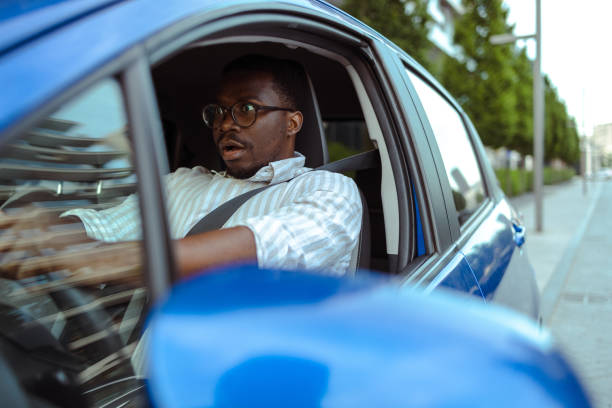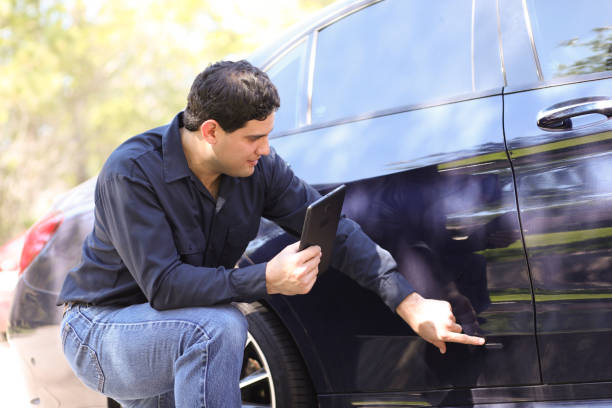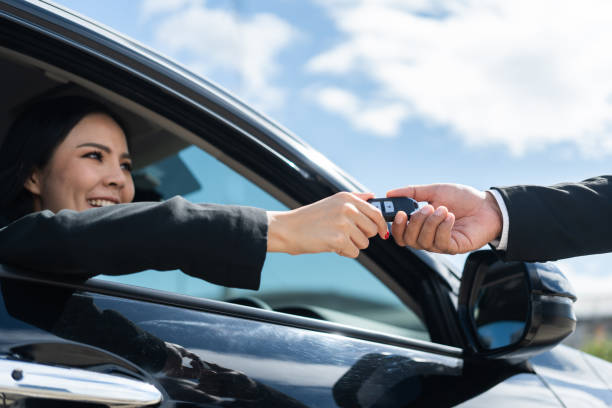Dealing with a rental car accident while on a vacation is not something we’d actually expect but with so many vehicles on the road, these things are bound to happen no matter how careful we are.
While the steps you take in handling a car accident in a rental vehicle is somewhat similar to how you’d deal with a personal car accident, there are also nuances such as the terms of your rental agreement and insurance coverage, that you need to understand.

So, if you find yourself in a rental car accident here are the steps to follow:
Fist, prioritize everyone’s safety.
Before taking any action, see to it that all occupants of the vehicles (yours and the other parties involved) are unharmed. Assess the situation and the surrounding environment. Pull over to the side of the road where it’s safe and if anyone’s injured, call 911 right away. Also, if there’s a risk of explosion, you will have to evacuate the area ASAP to ensure everyone’s safety. Documenting the scene after an accident is crucial. Take photos, gather witness information, and note details for insurance and legal purposes.
Exchange contact information with the other party/parties involved.
Next is to exchange contact and insurance information with the other parties involved including names, addresses, phone numbers, email addresses, insurance company details, policy numbers, driver’s license numbers, vehicle registrations, and license plate numbers for each vehicle. If there are any witnesses, it’s important to ask for their contact information as well.
If law enforcement arrives at the scene, be prepared to present your driver’s license, vehicle registration card, evidence of financial responsibility, and current address.

They will also interview you and the others involved in the accident. However – and this is important – do not admit fault, even if you believe it was your mistake.
Statements like “I’m sorry” or “I should have paid more attention” are a big no-no as they could potentially harm your insurance claim.
When talking to the other party, do not commit to paying for their damages or deductible, and refrain from signing any agreements offered by them. It’s crucial not to mention to the other parties that you were driving a rental car, as some individuals may exploit this information to shift blame onto you.
If tensions rise or if the other parties become hostile, it’s best to wait for the police to arrive before engaging further. Don’t argue with other drivers or passengers. If they drive away, just get as much information/evidence as you can (photos of their plate number, vehicle, etc) but don’t attempt to chase them.
Document the accident thoroughly.
Take notes using your phone’s notepad and take lots of photos to provide a detailed record of the incident. Be sure to note down the year, make, model, and color of every vehicle involved. Also jot down any other essential details about the vehicles, such as visible damages or distinguishing features.
Record the exact location of the collision, including specific details such as street names and the lane in which the accident occurred. Providing the precise information about the location will be valuable for insurance claims and any potential legal proceedings.
Contact the car rental company.
Locate the emergency number of the rental company, it’s usually inside the glove box or refer to your rental agreement for the appropriate contact information. Or you can also check their website. Inform them about the accident and inquire about their procedures. They will likely guide you through filling out their incident report.
Following the rental company’s instructions means that you are complying with their protocols. Prompt communication with the rental company is a must, in order to address any concerns or queries they may have regarding the accident.
Contact your own insurance provider.
When speaking with your insurance company, find out about their procedure for filing an accident report with the local authorities. Moreover, clarify whether your insurance policy includes rear and collision and comprehensive coverage beyond the mandatory liability coverage.
You’ll need to familiarize yourself with your deductible as this is the amount you’ll need to pay out of pocket. So if for example, the total damage is $12,000 and your deductible is $500, then you’ll need to cough up this amount first and then your insurance provider will take care of the remaining amount ($11,500).
Find out who should pay for what.
Assess what your claim covers, what your insurance provider may cover, and any potential contributions from the car rental company. If you booked your rental with a credit card offering rental car coverage, they may be able to supplement the damages incurred during the accident.
As for collision damage, if your personal insurance policy includes collision and comprehensive coverage, this typically extends to your rental car as well. However, if your policy doesn’t have this, you need to get a collision damage waiver from the rental company before using the vehicle.
For damage to third parties, your existing liability insurance may also extend to rental cars. Or you can opt for supplemental liability protection from the rental agency to cover the damages to others’ vehicles or property.
In cases where you don’t have rental coverage in your policy, you may be liable for additional rental days if the vehicle requires extended repairs. To mitigate this expense, we recommend purchasing additional insurance or a collision damage waiver from the rental company.

What If the Accident Wasn’t My Fault?
Even if you weren’t responsible for the accident while driving a rental car, you’re still responsible for paying your deductible directly to the rental company. Later on your insurance company will pursue the responsible party, which means you might get a reimbursement.